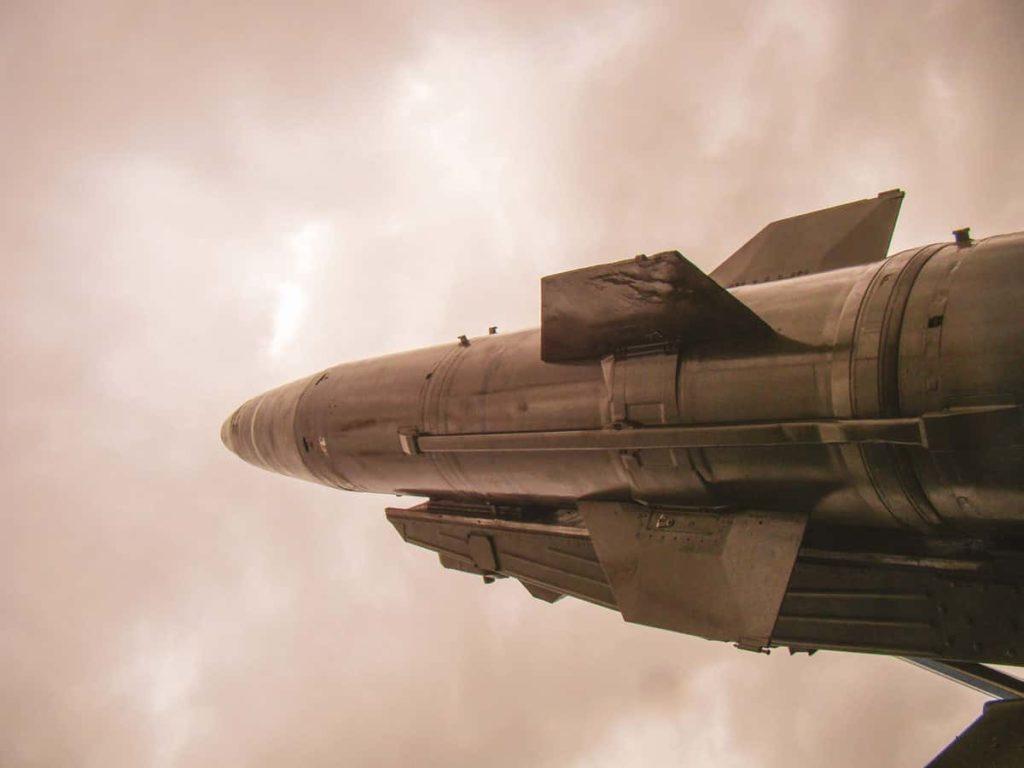Biden’s New START Extension is a Gift to Russia and China

Originally published by The National Interest
Editor’s note: Update: Russian government authorities affirmed after the article was published by The National Interest that its Avanguard hypersonic missile system will be covered under the terms of the New START Treaty.
Both Russia and China cheered Biden’s announcement.
Russia and China will benefit from President Joe Biden’s decision to unconditionally extend the 2010 Strategic Arms Reduction Treaty (START) for five years. It marks a departure from the Trump administration’s effort to halt their nuclear modernization programs.
Latest posts by John Rossomando (see all)
- Biden channels Neville Chamberlain as Putin threatens Ukraine - December 10, 2021
- John Rossomando – The sequel to Kabul? - December 8, 2021
- COVID vaccine mandate proves Biden administration doesn’t care about military readiness - December 3, 2021
